Owning a dog brings its fair share of challenges. Among these challenges is ensuring the safety of our furry friends in different environments. While many breeds are natural-born swimmers, others might find water more of a challenge than fun. The following article explores ten dog breeds that you should think twice about allowing to swim. This is not to say they can’t enjoy a splash, but extra care and perhaps a life vest might be necessary.
Basset Hound: The Low-Riding Swimmer
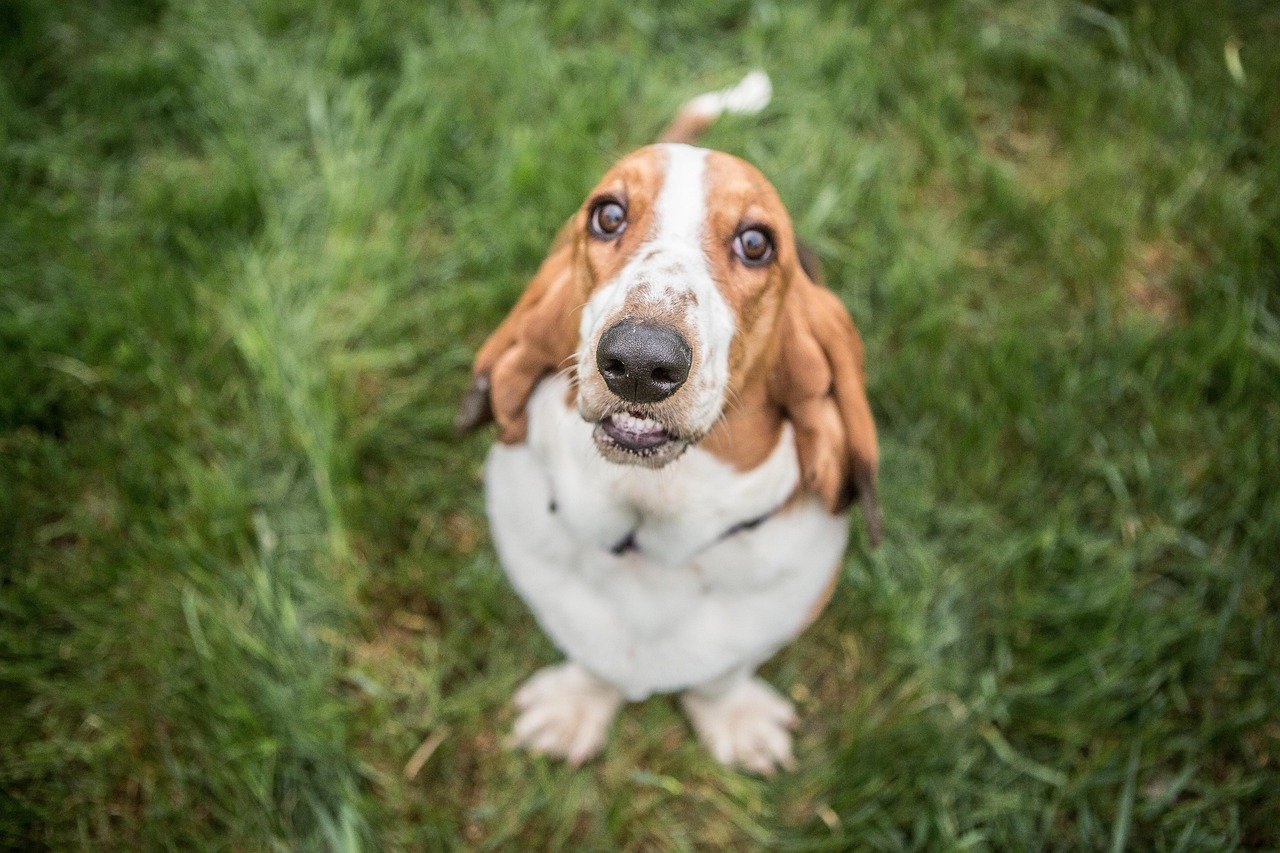
Basset Hounds are adorable with their droopy ears and soulful eyes, but when it comes to swimming, they’re not exactly in their element. Due to their long bodies and short legs, Basset Hounds often struggle to stay buoyant. Imagine a canoe trying to float with a rock in the middle; that’s kind of what it’s like for a Basset Hound in water. Their heavy bones don’t help either, making them sink rather than swim. While they may enjoy splashing around in shallow water, it’s best to keep a close eye on them near deeper areas.
Bulldog: The Heavyweight Contender
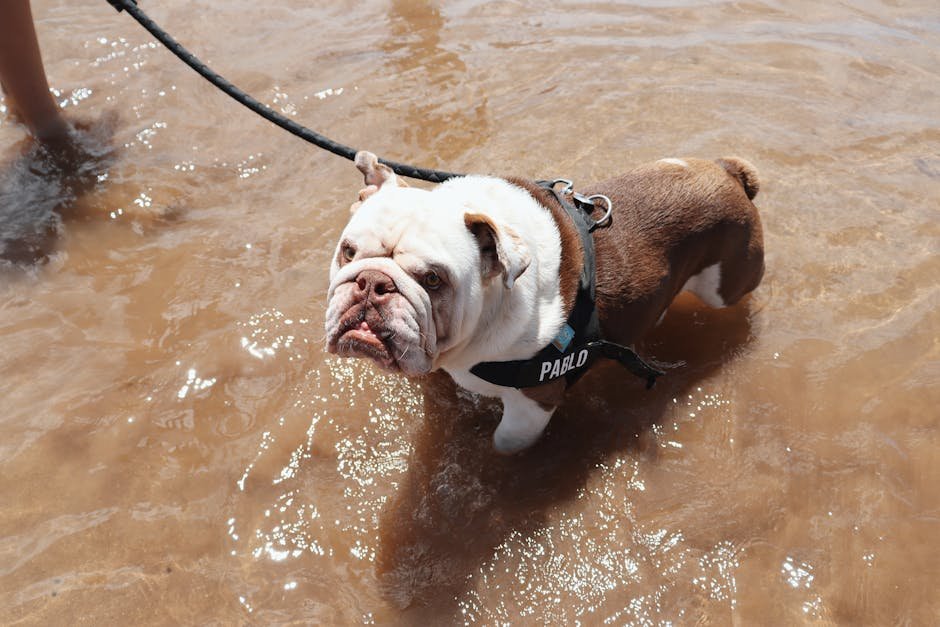
Bulldogs are known for their friendly, courageous demeanor, but swimming is not their forte. Their stocky build and short snouts make it difficult for them to stay afloat and breathe properly while paddling. A Bulldog in water is like a brick trying to float—it’s just not a natural fit. Even in shallow water, they can tire quickly. It’s advisable to provide these lovable dogs with a life jacket if they’re around water, ensuring they can enjoy it safely without undue stress.
Dachshund: The Little Engine That Could (But Shouldn’t)
Dachshunds, with their elongated bodies and tiny legs, are better suited for digging than swimming. Their structure makes it difficult to paddle effectively, much like trying to row a boat with a spoon. While they may be curious about water, their energy is better spent on land activities. If your Dachshund does venture into water, keeping them in shallow areas where they can easily touch the bottom is a wise choice.
Pug: The Snub-Nosed Struggler
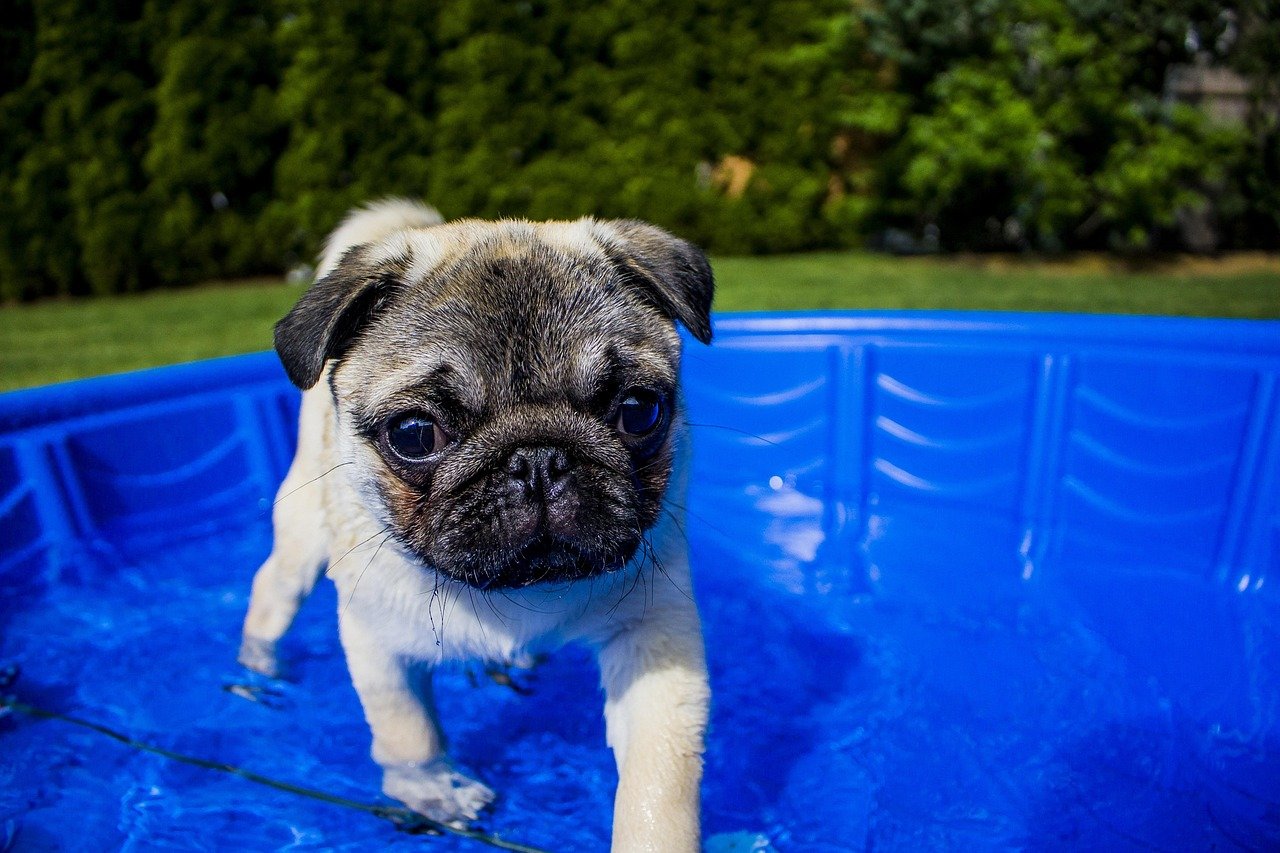
Pugs are charming and full of personality, but their flat faces make swimming a risky activity. The short muzzle of a Pug can lead to breathing difficulties, especially in water where they might need to tilt their heads to breathe. Picture trying to snorkel without a snorkel—it’s not easy. Their compact, muscular bodies also make staying afloat a challenge. Keeping Pugs away from deep water and ensuring they’re supervised can prevent potential mishaps.
Chow Chow: The Fluffy Floater
Chow Chows are known for their dense coats and regal appearance, but they aren’t known for swimming prowess. Their thick fur can weigh them down in water, making it difficult to stay buoyant. Imagine wearing a heavy wool coat while trying to swim; it’s cumbersome and tiring. Additionally, their independent nature might make them hesitant to enter water willingly. If they do venture near water, a life jacket and vigilant supervision are recommended.
Shih Tzu: The Glamorous Non-Swimmer

With their flowing locks and charming demeanor, Shih Tzus are more suited for lounging than swimming. Their long coats can become waterlogged, making it difficult for them to stay afloat. It’s akin to trying to swim with a heavy blanket wrapped around you. Beyond their coat, their short snouts can also make breathing harder when water splashes around. Keeping Shih Tzus in shallow water or providing a life vest will help them enjoy water without the risks.
Maltese: The Tiny Paddler
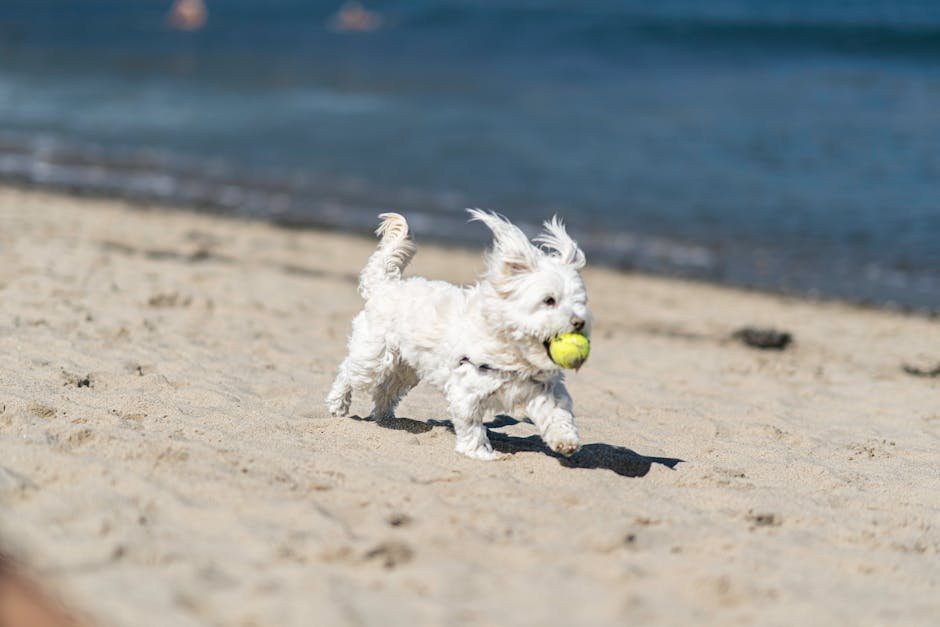
Maltese dogs are small, delicate, and have a coat that can become a heavy burden when wet. Their size makes it challenging to keep their heads above water, much like trying to keep a feather afloat in a storm. While they may have a playful nature, their swimming capabilities are limited. Supervision and shallow waters are key to ensuring their safety around water. A life jacket can also be a great addition for those Maltese who want to enjoy a day at the beach.
Pekingese: The Royal Observer
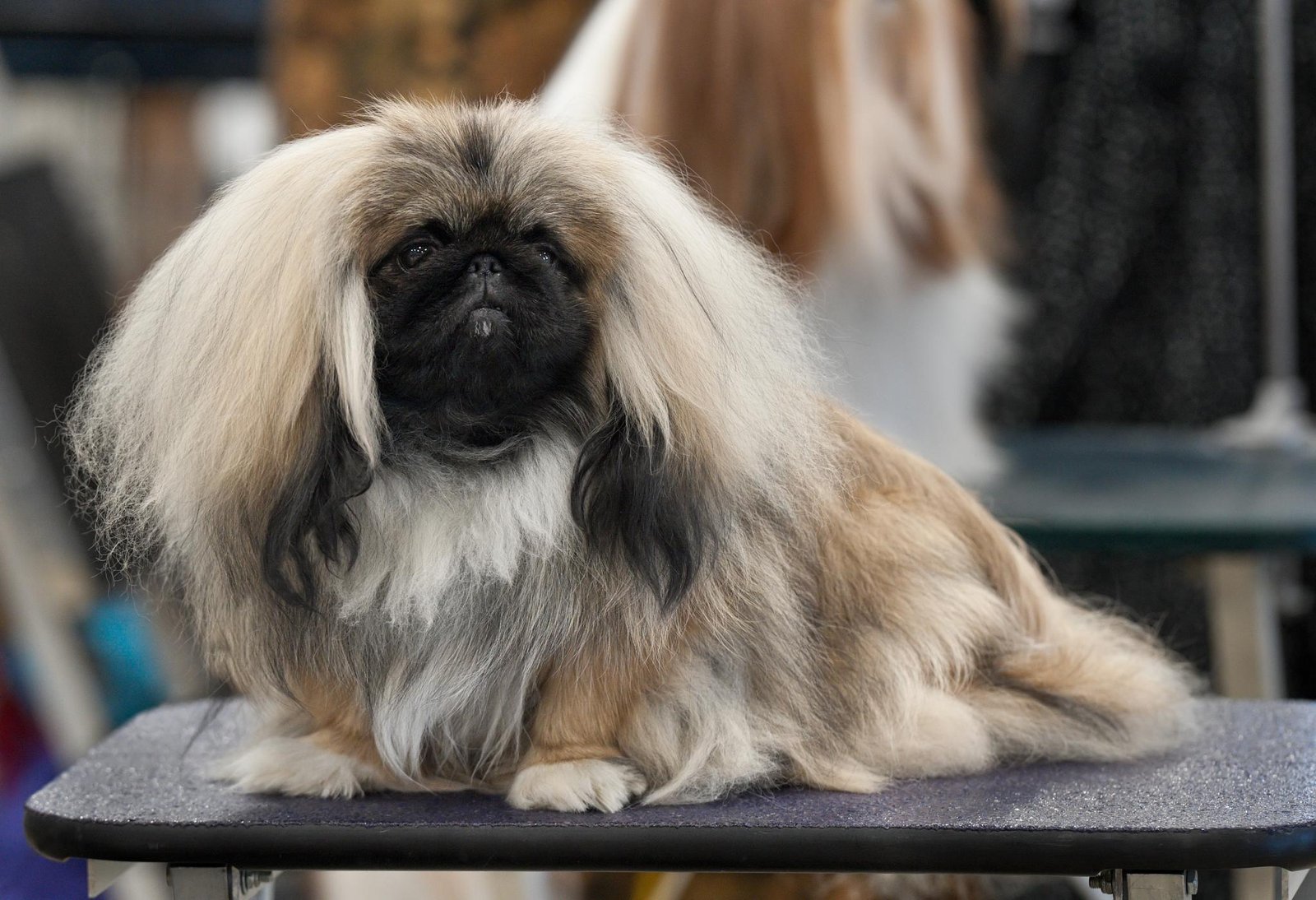
With their regal demeanor, Pekingese dogs are more likely to observe water activities than participate. Their flat faces make it difficult for them to breathe properly in water, and their dense coats can become a hindrance. Think of them as a royal spectator at a swimming event rather than a participant. If they do show interest in water, it’s crucial to keep them in shallow areas and supervise them closely to prevent any accidents.
Corgi: The Short-Legged Wonder
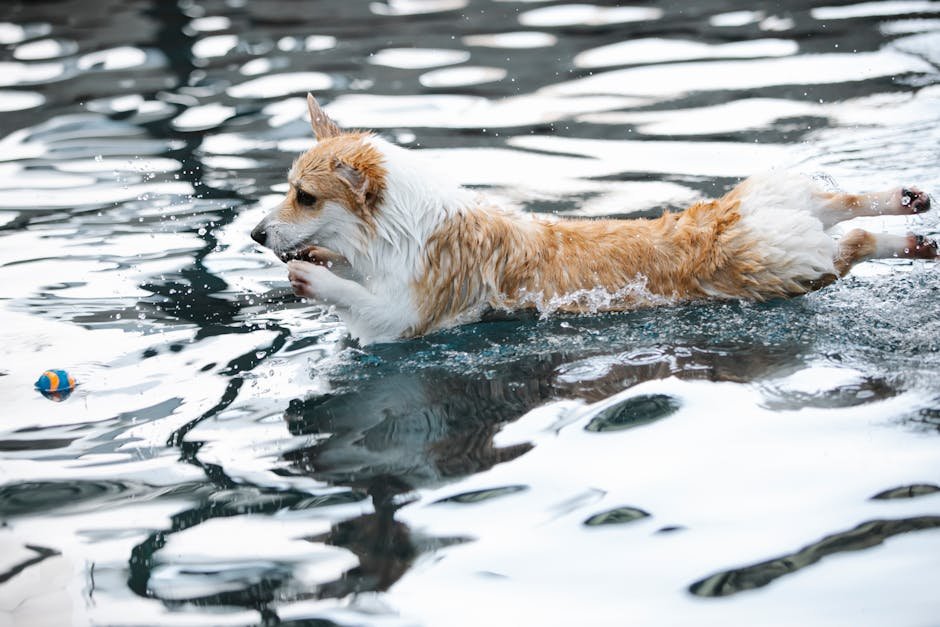
Corgis are beloved for their playful nature and short legs, which, unfortunately, don’t make them the best swimmers. Their body shape, reminiscent of a loaf of bread, isn’t ideal for staying afloat. While they may love to paddle around, their energy is better spent on land-based activities. Should they venture into water, a life jacket and careful supervision will ensure their safety and enjoyment.
Scottish Terrier: The Sturdy Land Lover
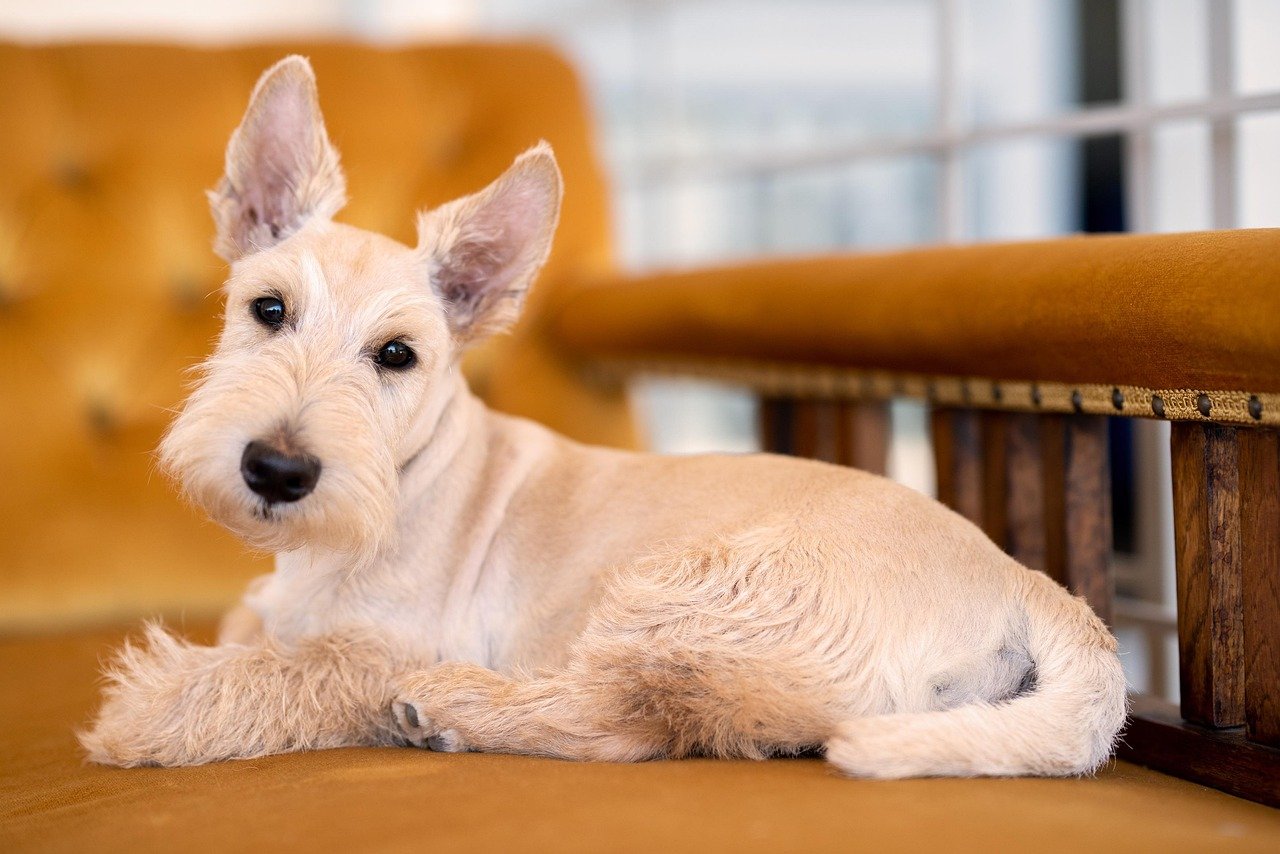
Scottish Terriers are bold and spirited, but water isn’t their natural habitat. Their dense, wiry coats can become heavy when wet, making swimming difficult. It’s like trying to swim with a backpack full of rocks. While they may enjoy a splash, they often prefer to keep their paws dry. If they do take to water, providing a life vest and ensuring they’re in shallow areas will help them have a safe experience.
In conclusion, while these breeds might not be natural swimmers, it doesn’t mean they can’t enjoy water safely. With the right precautions, such as life jackets and supervision, these dogs can still have fun without the risks. Always ensure your furry friend is comfortable and safe, whether they’re on land or splashing in the shallows.






